Table of Contents
Introduction to Curry Styles
"Curry" is a broad term that describes a variety of spiced dishes originating from South Asian cuisine, but it's often misunderstood as a single spice or product. In reality, "curry" refers to a wide range of regional preparations with distinct flavor profiles, ingredients, and cooking techniques. Understanding these differences can transform your cooking experience and help you create authentic dishes from around the world.
Whether you're a home cook looking to expand your culinary skills or a professional chef seeking inspiration, knowing the differences between regional curry styles is essential. This guide will help you navigate the world of curry and discover which styles best suit your taste preferences and cooking needs.
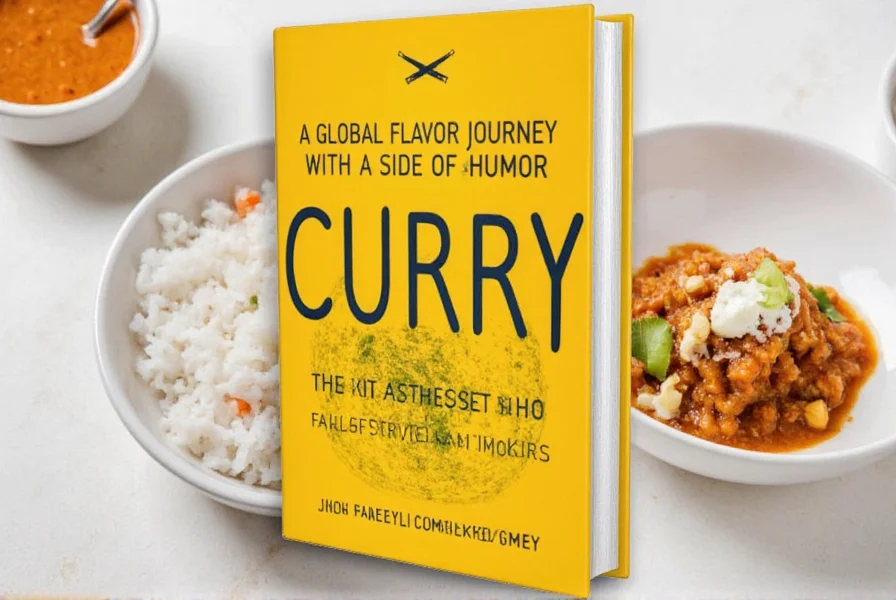
Exploring Regional Curry Varieties
Curry styles vary significantly across different cultures, each with its own unique characteristics. Here's a detailed look at the most popular regional curry varieties:
- Indian Curry: Known for its complex spice blends and rich flavors, Indian curry varies greatly by region. North Indian curries often feature creamy tomato-based sauces with garam masala, while South Indian curries tend to be coconut-based with tamarind and mustard seeds.
- Thai Curry: Thai curries are distinguished by their use of fresh ingredients like lemongrass, galangal, and kaffir lime leaves. They're typically classified by color: green (spicy), red (medium heat), yellow (milder), and massaman (mild and sweet).
- Japanese Curry: Unlike its Indian and Thai counterparts, Japanese curry is more of a thick stew-like dish. It's milder, sweeter, and often includes ingredients like potatoes, carrots, and onions, served over rice.
- Caribbean Curry: Influenced by Indian immigrants, Caribbean curry features bold flavors with a focus on scotch bonnet peppers, allspice, and thyme. It's commonly used for jerk chicken, goat, and seafood dishes.
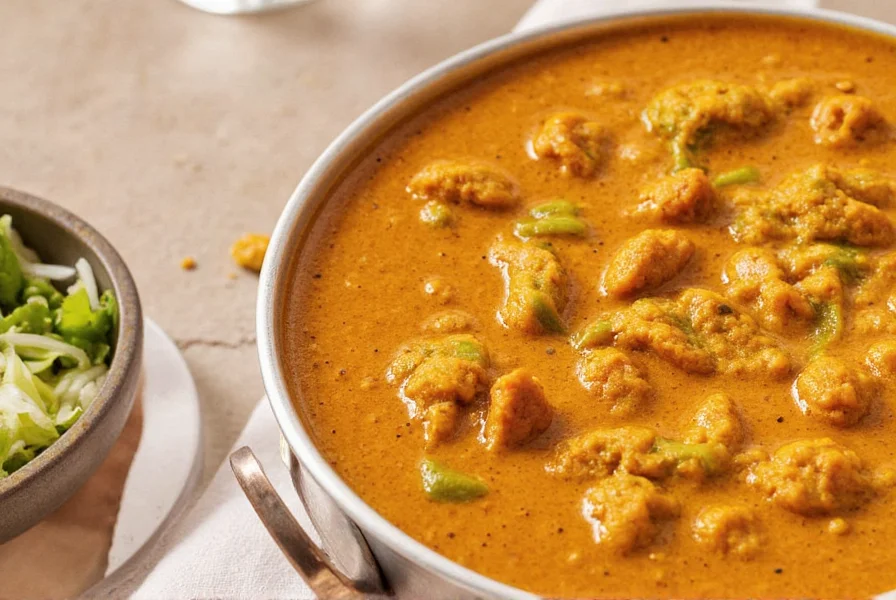
Each of these regional curry styles brings something unique to the table. Whether you're looking for heat, depth, or a creamy texture, there's a curry style that will suit your taste.
Comparing Regional Curry Styles
| Curry Style | Flavor Profile | Heat Level | Key Ingredients |
|---|---|---|---|
| Indian Curry | Rich, aromatic, complex | Medium to High | Garam masala, turmeric, cumin, coriander |
| Thai Curry | Spicy, creamy, fragrant | Medium to High | Coconut milk, lemongrass, galangal, kaffir lime leaves |
| Japanese Curry | Sweet, mild, savory | Low to Medium | Tomato paste, carrots, potatoes, apples |
| Caribbean Curry | Fiery, bold, smoky | High to Very High | Scotch bonnet peppers, allspice, thyme, pimento |
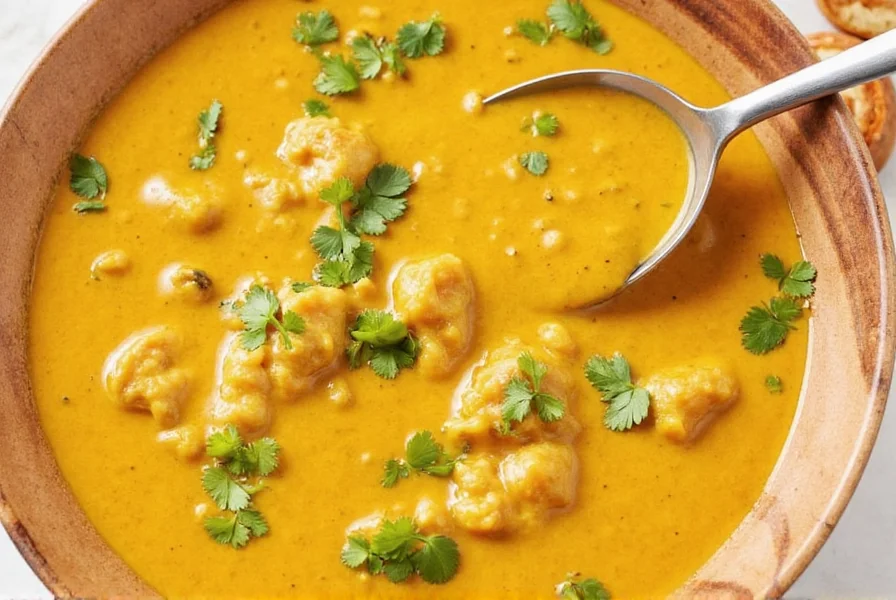
Practical Tips for Using Curry
Now that you know about different curry styles, here are some practical tips to help you get the most out of your cooking:
- Start Small: When using a new curry spice blend, begin with a small amount and adjust to taste. Some curry powders can be quite intense.
- Toast Your Spices: For maximum flavor, toast whole spices before grinding or add curry powder to hot oil at the beginning of cooking to release aromatics.
- Pair with Complementary Ingredients: Match curry styles with appropriate ingredients. For example, Indian curries pair well with lentils and chickpeas, while Thai curries work beautifully with coconut milk and seafood.
- Balance Flavors: Curry dishes often benefit from balancing sweet, sour, salty, and umami elements. Add a touch of sugar for heat, lime juice for acidity, or fish sauce for depth.
- Store Properly: Keep curry powders in airtight containers away from light and heat. Curry pastes should be refrigerated after opening and will typically last 2-3 weeks.
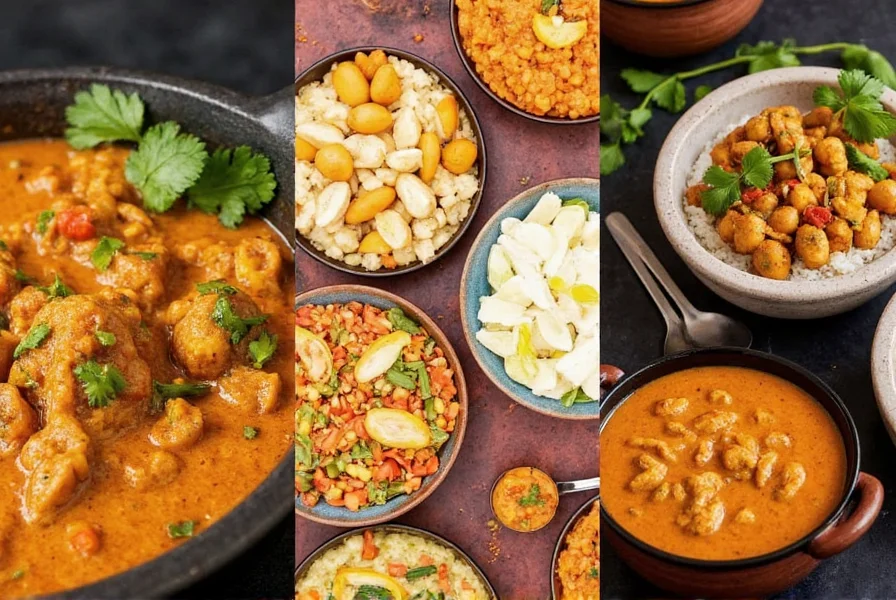
Buying Guide: Choosing the Right Curry Product
Selecting the right curry product can be overwhelming, especially if you're unfamiliar with the differences between them. Here's a guide to help you pick the perfect curry for your needs:
Factors to Consider When Buying Curry Products
- Flavor Preference: Think about what kind of flavors you enjoy. If you like bold and spicy dishes, go for a curry with high heat levels. If you prefer milder options, choose a curry with a more subtle flavor profile.
- Cooking Style: Consider the style of cooking you do. Some curry styles work better with certain techniques. For example, Thai curry paste is ideal for stir-fries and soups, while Japanese curry blocks are perfect for slow-cooked stews.
- Dietary Restrictions: Check the ingredients list to ensure the curry product is suitable for your dietary needs. Some curry blends may contain allergens or be unsuitable for certain diets.
- Quality: Look for high-quality ingredients and avoid products with unnecessary additives. A good curry product should have a rich, authentic flavor without artificial enhancements.
Recommended Curry Products
Here are a few recommended products that offer excellent quality and variety:
- Indian Garam Masala: This spice blend is perfect for adding depth and warmth to your dishes. Ideal for meat, vegetable, and lentil recipes. Look for brands that use whole spices and grind them fresh.
- Thai Green Curry Paste: A flavorful and aromatic paste that's great for soups and stews. Packed with fresh herbs and spices, it adds a vibrant kick to any dish. Choose pastes with visible fresh ingredients like lemongrass and kaffir lime leaves.
- Japanese Curry Blocks: A mild and sweet curry that's perfect for beginners. Use it to make a comforting bowl of curry rice or add it to your favorite meat dishes. Look for blocks that include fruit like apples for natural sweetness.
- Caribbean Curry Powder: This spice blend is perfect for those who love a little heat. It's great for marinating meats or adding extra spice to your sauces and dips. Look for blends that include scotch bonnet peppers and allspice for authentic flavor.
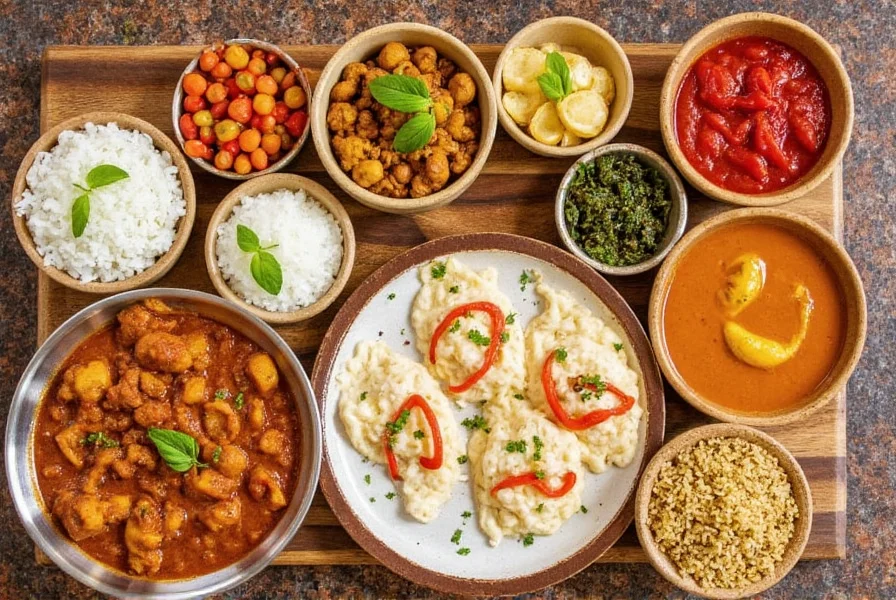
Each of these products offers a unique experience. Whether you're looking for a mild, sweet, or spicy flavor, there's a curry product that will suit your taste.
Frequently Asked Questions About Curry
What is the difference between curry powder and curry paste?
Curry powder is a dry blend of ground spices, while curry paste is a wet mixture containing fresh ingredients like lemongrass, galangal, chilies, and herbs along with spices. Curry pastes generally have more complex flavors and are used in Thai cuisine, while curry powders are more common in Indian and Western cooking. Curry paste typically has a shorter shelf life due to its fresh ingredients.
Which curry style is the mildest?
Japanese curry is typically the mildest, with a sweet, mild flavor profile. It's often compared to a thick, savory gravy rather than a spicy dish. Some yellow curry pastes from Thailand can also be mild, depending on the recipe and ingredients used. For Indian curries, korma is generally the mildest option.
Which curry style is the spiciest?
Caribbean curry is generally considered the spiciest, known for its fiery kick from scotch bonnet peppers. Thai red curry and certain Indian curries like Vindaloo can also be very spicy, depending on the amount of chilies used. The spice level can vary significantly based on the specific recipe and regional variations.
How do I store curry powder and paste properly?
Curry powder should be stored in an airtight container away from light, heat, and moisture, where it can last 6-12 months. Curry paste, once opened, should be refrigerated and will typically last 2-3 weeks, though some commercial varieties may last longer. You can also freeze curry paste in ice cube trays for longer storage.
Can I substitute one curry style for another in recipes?
Yes, but with caution. Substituting curry styles will change the flavor profile of your dish significantly. As a general rule, you can substitute similar styles (e.g., Indian curry powder for another Indian-style blend), but substituting Thai curry paste for Indian curry powder would create a very different dish. When substituting, start with less than the recipe calls for and adjust to taste. Remember that curry paste and powder have different consistencies, so you may need to adjust liquid ingredients accordingly.
What dishes work best with each curry style?
Indian curry works well with meats, vegetables, and lentils; Thai curry pairs beautifully with seafood, chicken, and coconut-based soups; Japanese curry is perfect for hearty stews with meat and vegetables served over rice; Caribbean curry shines with goat, chicken, and seafood dishes. Each style has its own traditional pairings that highlight its unique flavor profile.
Is curry typically gluten-free?
Most traditional curry blends are naturally gluten-free, as they consist of spices and herbs. However, some commercial curry powders or pastes may contain additives or be processed in facilities with gluten-containing products. Japanese curry blocks often contain wheat flour as a thickener, so they're not gluten-free. Always check labels if you have gluten sensitivities.
What's the difference between "curry" and "curry powder"?
"Curry" is a broad term that describes a variety of spiced dishes originating from South Asian cuisine, while "curry powder" is a specific spice blend created by British colonists to replicate Indian flavors. Traditional Indian cooking doesn't typically use "curry powder" but rather combines individual spices for each dish. The term "curry powder" is more commonly used in Western cooking contexts.
Conclusion
Understanding the differences between regional curry styles is essential for anyone interested in exploring global cuisine. Curry is not a single spice or product, but rather a diverse collection of culinary traditions from around the world, each with its own unique flavor profile and cooking techniques.
By learning about the characteristics of Indian, Thai, Japanese, and Caribbean curries, you can make informed choices when selecting products and create authentic dishes that highlight the best of each tradition. Remember that the key to great curry is balancing flavors and using fresh ingredients whenever possible.
Next time you're in the kitchen, consider which curry style will best complement your ingredients and cooking style. Whether you're making a comforting Japanese curry stew or a fiery Caribbean chicken dish, there's a curry tradition waiting to transform your meal into something truly special.
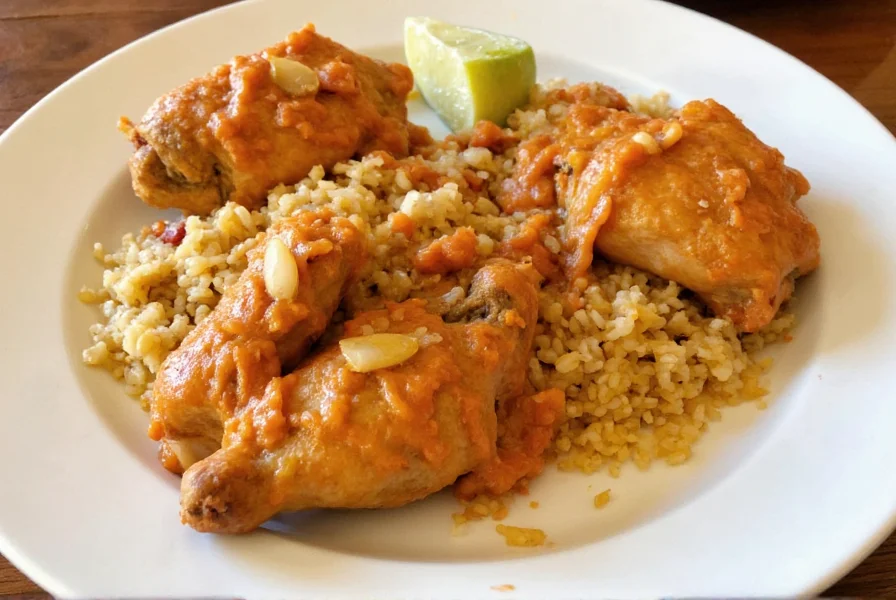

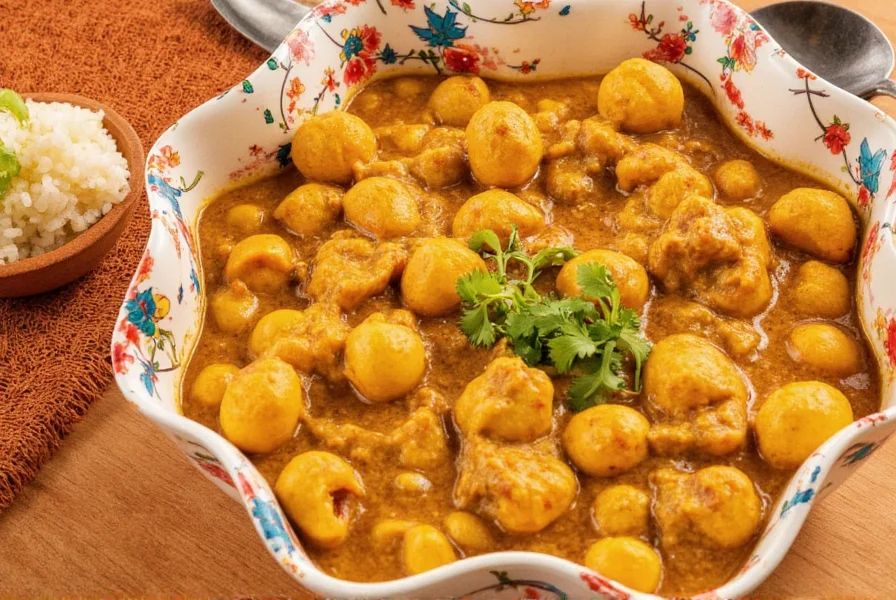









 浙公网安备
33010002000092号
浙公网安备
33010002000092号 浙B2-20120091-4
浙B2-20120091-4